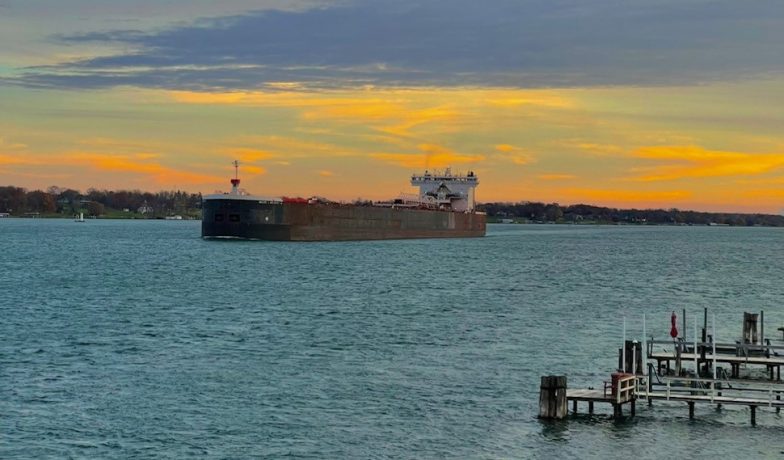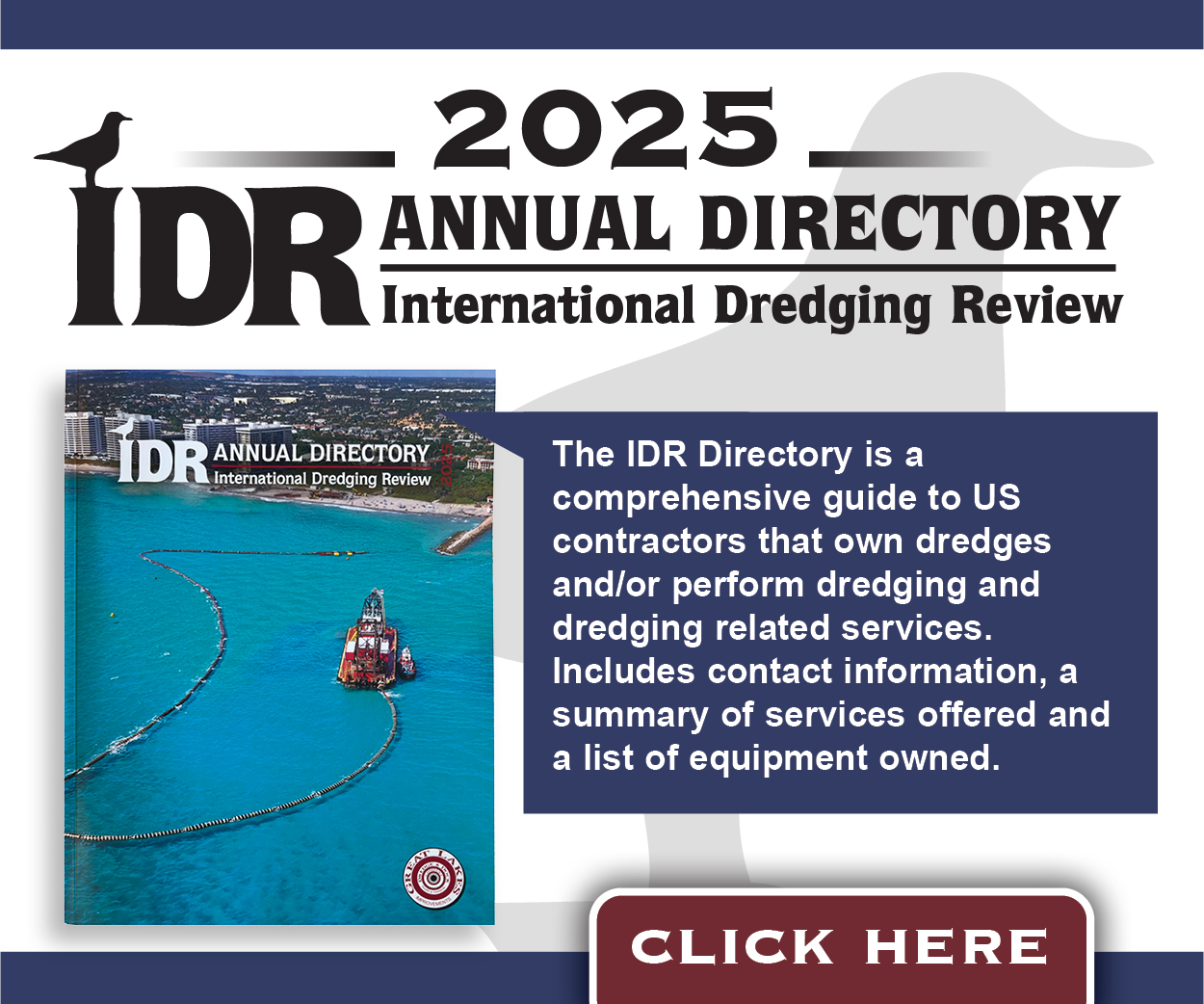Regional Ocean Partnerships Might Mean New Opportunities for the Great Lakes
Joshua Lott, the policy program manager within NOAA’s Office for Coastal Management, said NOAA awarded $275,000 to the Council of Great Lakes Governors in 2012 for a project titled “Supporting Great Lakes Regional Priorities by Advancing Bi-National Data Exchange that Supports Local Decision-Making for Adaptive Coastal Planning.”
While it’s not clear what happened to that program, Great Lakes officials are watching NOAA’s new ROP moves. John Schmidt, program manager for the Great Lakes St. Lawrence Governors & Premiers (GSGP), said that GSGP is aware of new ROP opportunities and that the organization will work to re-establish the Regional Great Lakes Partnership.
The Great Lakes Commission (GLC) is similarly interested. Beth Wanamaker, GLC’s communications manager, said that the GLC was involved with the previous ROP and that the GLC “is actively working toward the establishment of a new ROP alongside our partners at the Council of Great Lakes Governors and the Great Lakes Observing System (GLOS).”
Wanamaker noted alignment between ROPs and all three organizations’ goals, including a focus on creating regional data portals to provide information to decision-makers. “The GLC is looking forward to receiving the final guidance from NOAA and working with our partners to bring the benefits of this program to our region,” she said.
What are ROPs?
ROPs are voluntary, regional organizations convened by coastal states and tribes – and designated by NOAA – to coordinate the management of ocean, coastal and Great Lakes resources. ROPs collaborate with other government entities and stakeholders to address regional, common areas of concern. These topics might include plastics and maritime debris, energy issues such as port activities, fishery issues and water quality.
A ROP can become a resource for new regional marine and maritime initiatives. For example, the Mid-Atlantic partnership (MARCO) maintains an extensive, publicly available mid-Atlantic Ocean database, widely used by the U.S. Coast Guard, fishery managers and energy researchers, among others. Until the ROP was in place to take on this task and maintain it, this data was either scattered or unavailable.
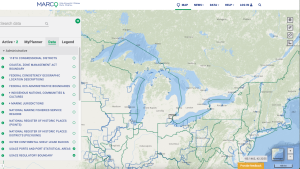
MARCO has four employees working remotely in Pennsylvania, Virginia and Maryland. Avalon Briston, MARCO’S executive director, said the partnership serves as a platform for regional issues best addressed by regional attention. With microplastics, for example, different areas require different approaches to problem solving. Via the partnership, resource planning is more fully informed, and results can be better evaluated.
Bristow said some of MARCO’s work includes taking on projects that draw attention to larger issues. For example, MARCO has worked to establish clean water bottle refill stations to cut down on single-use plastic and to draw attention to that issue.
When planning a new ROP, Bristow suggested establishing a partnership with boundaries extensive enough to deliver efficiency and focusing on programs that avoid duplication. This will help to ensure consistency and alignment with existing efforts and the ROP functions.
Based on MARCO’s program of work, it is not hard to imagine how an ROP might benefit the Great Lakes. Program initiatives could include work to reduce plastics and marine litter, PFAS tracking and monitoring or coordination among ports with plans for new alternative energy investments.
Program Funding
NOAA’s draft guidance states that new ROPs, if approved, will be eligible for federal funding. The draft guidance results from directives set within the James M. Inhofe National Defense Authorization Act for Fiscal Year 2023 (NDAA). The act authorized coastal states to form new partnerships and to apply to NOAA for designation as a regional ocean partnership.
The act also formalized four established ROPs.
- The Gulf of Mexico Alliance
- The Northeast Regional Ocean Council
- The Mid-Atlantic Regional Council on the Ocean
- The West Coast Ocean Alliance
The act authorizes approximately $10 million annually, 2023 – 2027, for existing ROPs. Another priority is encouraging indigenous tribal participation, and the act provides $1 million/year for that effort. For new ROPs, additional money is available from the Bipartisan Infrastructure Law, which, NOAA estimates, could provide a total of $56 million over five years.
New ROPs
There are several steps required to establish an ROP.
- Identify membership: A partnership must include at least one coastal state and at least one other “eligible entity,” which could include other coastal or non-coastal states. States with a common watershed, for example, could form a partnership. States don’t have to be contiguous.
Tribal participation is important. A single state and an eligible tribe could form a partnership. The NDAA seeks to “incorporate rights of Indian Tribes in the management of oceans, coasts and Great Lakes resources.” Additionally, as noted above, the act provides money to support tribal participation in ROPs.
- Leadership: Each participating state must nominate at least one person designated by the governor. An application must include letters from governors and tribal leaders identifying members of the governing body.
- Purpose and Function: A partnership must coordinate the management of ocean, coastal, and Great Lakes resources.
- Focus: This section must explain how and why certain issues were chosen. For example, the governors’ agreement that established the Mid-Atlantic Regional Council in 2009 identified four regional priorities: climate change adaptation, renewable energy, marine habitats, and water quality.
- Complementary Work: An ROP must explain how it will complement existing interstate work at the same regional scale.
Finally, a ROP cannot assume a regulatory role. Applicants must explain how a new regional entity will not be duplicative and how a new ROP’s presence would maximize regional work and reduce duplication.
Tribal Focus
As noted, the draft guidance makes repeated reference to tribal engagement. NOAA has worked concurrently with tribal leadership regarding involvement and to ensure that a final document aligns with the recent Executive Order 13175: Consultation and Coordination With Indian Tribal Governments.
The Inupiat Community of the Arctic Slope has requested that NOAA only approve applications that include tribes, adding that “any Regional Ocean Partnership that excludes or limits tribal participation is inherently inadequate and does not align with the guidance’s stated purpose.” The community further suggested that NOAA should clearly outline what meaningful consultation with the tribes means and that a final guidance should include an enforcement mechanism to ensure that ROP parties are following through with their consultation plans.
In the Great Lakes region, according to Dr. Silvia Newell, director of Michigan Sea Grant at the University of Michigan, there are 12 federally recognized tribes in Michigan and 11 in Wisconsin. It is estimated that there are 12 in Minnesota and nine in New York. Ohio doesn’t have any, and Newell is unsure about Indiana and Illinois. There are also First Nations groups in Ontario, but NOAA’s guidance does not mention Canada.
NOAA’s Review Process
If NOAA judges, within four months, that an application has merit, it can move to approve a new Regional Ocean Partnership, and the new ROP can then apply for available funds. If NOAA does not approve, the applicant will receive feedback and be provided an opportunity to revise and resubmit the application.
NOAA hopes to have its final guidance published within the next few months.
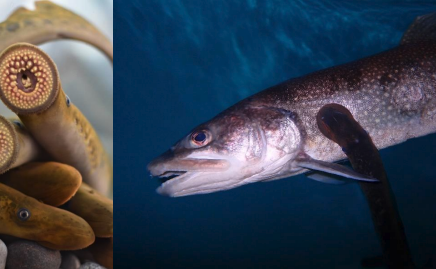
Sea Lamprey Control Initiative Enters Five-year Implementation Phase
The Supplemental Sea Lamprey Control Initiative (SUPCON) has entered a new, five-year implementation phase following several years of successful proof-of-concept research. Funded by the Great Lakes Fishery Commission, SUPCON expands... Read More
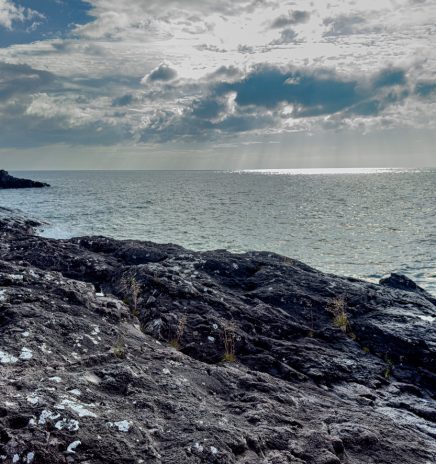
Alliance for the Great Lakes Addresses the Impact of Data Centers
The Alliance for the Great Lakes (AGL), a nonpartisan, nonprofit organization that works to protect, conserve and restore the Great Lakes, is investigating the impact of data centers and agricultural... Read More

